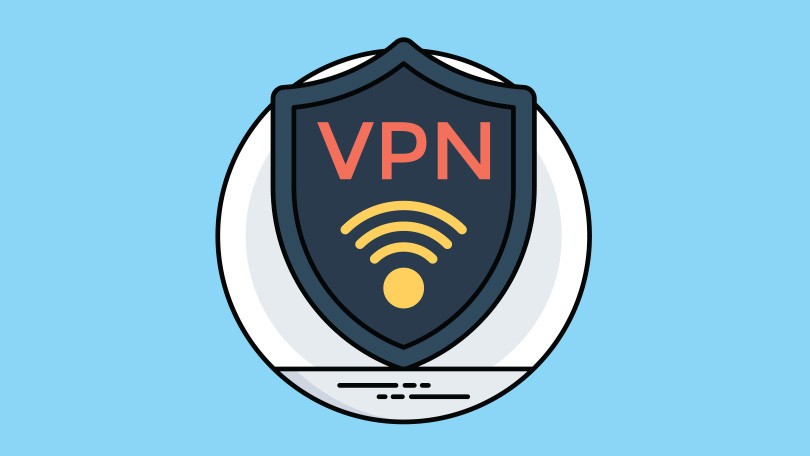We are living in the Information Age. Information Technology is the engine that powers the economies of most developed countries around the world. In view of this fact, access to reliable high-speed Internet services is a big determinant of whether a specific area moves with the times or is left lagging behind economically. Up until quite recently, rural areas in the US have been at a big disadvantage due to the lack of high-speed Internet connections. Most of these regions have had to make do with dial-up modems with Internet speeds that move at the speed of cold molasses. This has made it very difficult for rural areas to compete favorably with their urban counterparts.

A person living in an urban area takes high-speed Internet access for granted. The lack of it, however, can have far-reaching consequences. Law enforcement officers in rural areas that lack high-speed Internet have their crime-fighting efforts stymied by their inability to access high-speed Internet. A rural entrepreneur might have to drive long distances in search of a McDonald’s outlet with Wi-Fi in order to answer emails from customers. People who need large bandwidth to carry out activities such as online job applications cannot do this from a modem. Telecom companies are to blame for this sad state of affairs.
Telecom Companies to Blame
A good case in point is rural Mississippi. AT&T purchased Bell South in 2006.This telecom behemoth promised to provide high-speed Internet to people living in the area in a bid to win much-needed regulatory approval. But 5 years down the line, they are yet to honor their pledge. Other rural areas in the US have not fared much better either. Companies frequently make promises to deliver high-speed Internet services to underserved rural communities during mergers, but then later renege on their promises that turn out to be so much hot air. These companies contend that laying fiber-optics in sparsely-populated areas does not make business sense for them.
Satellite Offers New Hope
Luckily, however, there is finally some light at the end of the tunnel. A number of telecom companies have taken up the challenge to provide high-speed Internet to rural communities via satellite. Accessing the Internet via satellite is a much cheaper option than laying fiber-optics. Take the case of a telecom company called ViaSat. This company recently did a demo in Las Vegas. ViaSat promises to deliver high-speed 3Mbps downstream and 12Mbps upstream via their Exede12 service. While this might not seem like much to a person living in a city, it is, nevertheless, still a huge improvement over the current method of using dial-up modems with Internet speeds in the Kbps. ViaSat says its satellite system will cost about $400 million to deploy.
There are a few caveats though. The $50 entry price comes with a 7GB cap. 7GB is what a typical user consumes in a month, so the fee is reasonable. For heavy Internet users, there is a 15GB per month plan @ $79.99 and 25GB per month plan @ 129.99. People who enjoy playing multi-player games online, however, might have to wait longer due to latency and cap issues.
Another company, Dish, also plans to offer satellite broadband to underserved rural areas. Their Dish Broadband is more costly than ViaSat and will cost $79.95 for the basic package. Other companies that are lining up to roll out satellite Internet to rural areas are Continental and JetBlue. Expect to see even more companies rushing in to get a piece of the erstwhile-neglected satellite Internet provision in rural America.

This is Rohan, I’m a Digital marketing Expert, Full time Content Writer and founder of BoxerTechnology.com I can help people across the world through my articles. I am sharing the latest stories from companies like Apple, Samsung, Google, and Amazon.



Leave a Reply